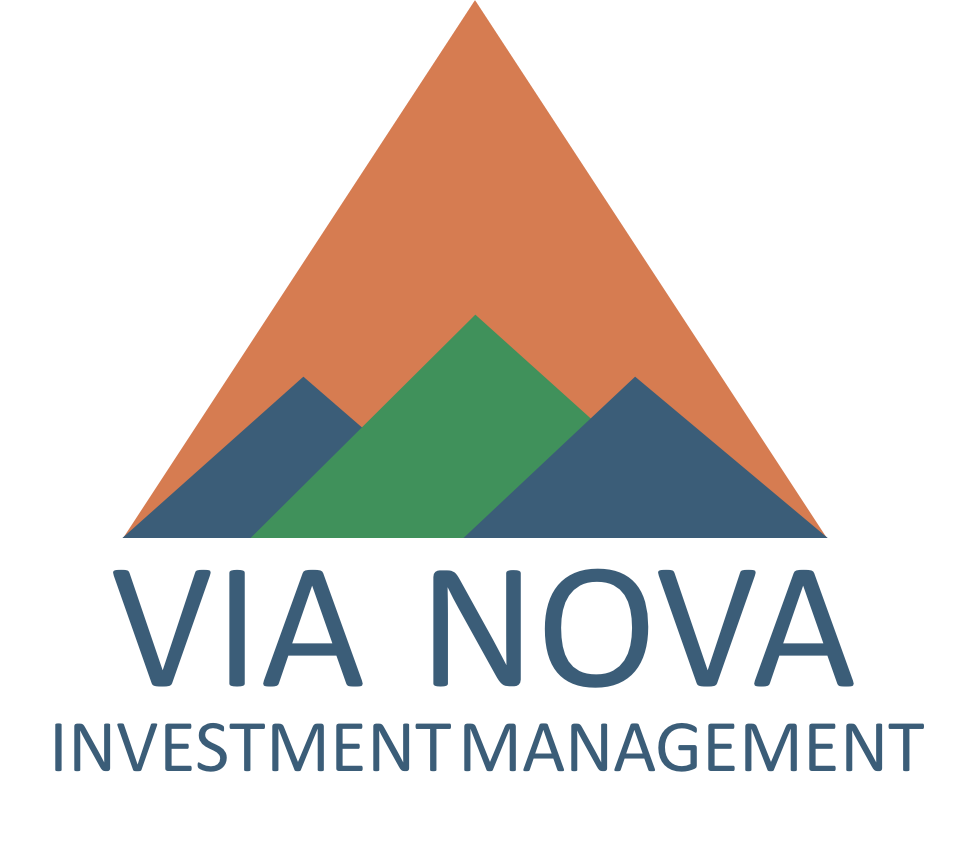Let me say at the outset that wading through the minutes of a Federal Open Market Committee (FOMC) meeting is best done with a cup of strong coffee; I prefer dark roast and black! The minutes can be an effective non-prescription sleep aid for insomniacs. However, the minutes of the July 26-27 meeting offered some useful, and perhaps encouraging, observations and insights on the economy and the prospects for future Fed policy. Short term interest rates may be close to a peak.
In my previous post, Juggling the Fed’s Dual Mandate is Risky for the Economy and Stocks, I tried to outline some of the challenges of raising interest rates while avoiding recession and damaging corporate profits. In these latest minutes, I read some comments and analysis that suggest the members of the FOMC recognize 1) the economy is already slowing in part due to previous rate hikes 2) inflation will likely ease but remain worrisome, and 3) the FOMC may not need to raise interest rates too much further: the “heavy lifting” has been done.
To offer some perspective, the Federal Reserve has a legislated dual mandate to maximize employment and maintain price stability. In 2021, the unemployment rate fell significantly and is currently at a 50-year low from just under 15% during the pandemic signaling to the Fed that the first part of its dual mandate has been accomplished. However, for several reasons, inflation accelerated well above its 2% long-term target. This imbalance caused the FOMC to shift from a very accommodative, low rate, policy in 2020-21 aimed at bolstering the labor market to a more restrictive, higher rate policy now. The increase in the policy rate to 2¼%-2½% currently is believed to be a “neutral” stance, neither stimulative nor restrictive. Most FOMC members, and market analysts, believe that rates need to rise at least somewhat higher to slow the economy and reduce demand pressures, i.e. curbing inflation, as well as send a clear message to investors that the Fed intends to accomplish its mission of controlling inflation. The question is how much higher?
The minutes outlined a discussion that appeared to suggest that the FOMC believes its recent rate increases are already starting to slow the economy, particularly housing activity. “In their discussion of the household sector, participants commented that they were seeing many signs in the data, and hearing reports from business contacts, of slower growth in consumer spending.” “With respect to the business sector, participants noted that investment spending had likely declined in the second quarter. In addition, business survey data and information received from contacts indicated that manufacturing orders and production had fallen in some Districts.” And while the labor market remained strong overall, “increases in weekly initial unemployment insurance claims, reductions in quit rates and vacancies, slower growth in payrolls than earlier in the year, and reports of cutbacks in hiring in some sectors” suggested a softening labor market. Fed Chair Jerome Powell has been clear in his comments that the FOMC wants to see some cooling off in the red-hot labor market as a sign of more stable inflation. The combination of slower growth and an easing labor market suggests that the Fed may not need to raise interest rates much further.
The bottom line appears to be that the FOMC believes its shift to higher interest rates is already working, but that additional rate hikes are warranted to help “anchor” inflation expectations. How high? Perhaps 3½% or so through smaller interest rate increases. Will this increase be too little or too much? On this point, the FOMC will rely on the economic data and reports from its local business connections. Some FOMC voters, specifically James Bullard, are not yet convinced that inflation is slowing enough and see a need to continue with more aggressive ¾% rate hikes. Investors will be watching the magnitude of the next expected rate hike. An amount less than the recent ¾% increases will likely be viewed as a sign that interest rates may be near a peak. Reaching the peak in rates would provide a positive “jolt” for stocks and bonds.


